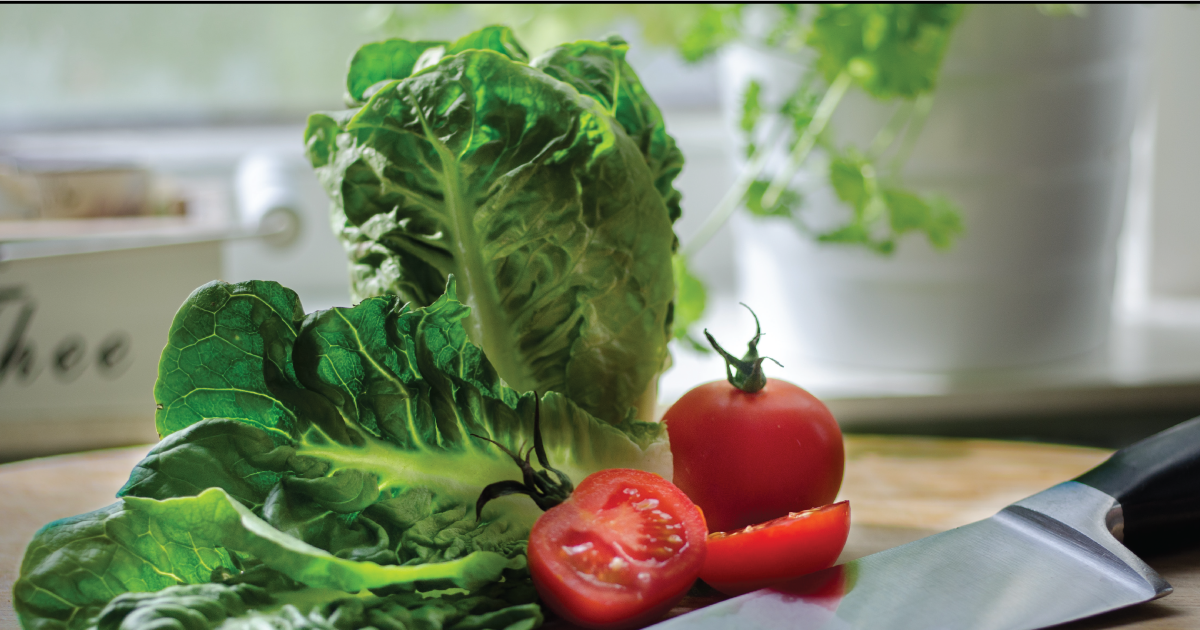
Why Is So Much Romaine Lettuce Toxic?
The U.S. Centers for Disease Control and Prevention (CDC) says foodborne illnesses affect 1 in 6 (about 48 million) Americans every year, resulting in 128,000 hospitalizations and 3,000 deaths.1 In 2018, those statistics include a few hundred individuals who contracted Escherichia coli (E. coli) after eating romaine lettuce.
December 3, 2018 | Source: Mercola.com | by Dr. Joseph Mercola
The U.S. Centers for Disease Control and Prevention (CDC) says foodborne illnesses affect 1 in 6 (about 48 million) Americans every year, resulting in 128,000 hospitalizations and 3,000 deaths.1 In 2018, those statistics include a few hundred individuals who contracted Escherichia coli (E. coli) after eating romaine lettuce.
As noted in the featured NBC News video, the latest alert involving suspected E. coli infections associated with romaine lettuce was issued by the CDC a few days before Thanksgiving.2
For your safety, the CDC advises you discard any romaine lettuce you may have on hand from California and avoid eating it until further notice. Romaine grown in greenhouses or hydroponically is not affected, according to the U.S. Food and Drug Administration.3 This is one in a series of romaine-related outbreaks to have taken place in recent years.
Other major E. coli infections were reported nationwide in the spring of 2018 and fall of 2017. Given the time of year, the current outbreak is thought to involve romaine lettuce grown in California.4 The probable source of the contamination is manure runoff from a nearby concentrated animal feeding operation (CAFO).
CDC Once Again Issues a Food Safety Alert for Romaine Lettuce
November 20, 2018, the CDC issued a food safety alert for romaine lettuce after a multistate outbreak of E. coli.5 A similar outbreak is being investigated in Canada, and U.S. and Canadian agencies are coordinating efforts to safeguard the health and well-being of consumers in both countries.
Working together with the U.S. Food and Drug Administration (FDA) and state and local agencies, the CDC has determined Shiga toxin-producing E. coli (STEC) O157:H7 illnesses are likely linked to romaine lettuce originating from California.6
November 26, 2018, the CDC and the FDA announced they had narrowed down the areas where the suspect romaine was grown to lettuce farms on the Central Coast of northern and central California.7Since the suspect lettuce was a late-season crop, the two agencies now believe no more romaine lettuce will be coming from that region as other areas of the country take over the winter season.
As a result, the FDA has rolled back its call to avoid all romaine lettuce, and instead, is urging consumers to read labels and not eat or purchase romaine lettuce from the suspected California regions. If you can’t determine where the lettuce was grown, don’t buy it, or throw it out if you already have it on hand.
A genetic analysis of the E. coli strains collected from patients involved in the recent string of illnesses has linked the bacteria to an outbreak that happened in the fall of 2017.
At that time, E. coli was found on leafy greens in the U.S. and romaine lettuce in Canada.8 There is no genetic link between the current outbreak and the one that occurred in the spring of 2018. The CDC said, “People in the spring outbreak were infected with E. coli O157:H7 bacteria with a different DNA fingerprint.”9
The Public Health Agency of Canada says a number of Canadians from at least two provinces have fallen ill with the same type of infection. The CDC alert stated, “Epidemiologic evidence from the U. S. and Canada indicates romaine lettuce is a likely source of the outbreak.”10
Thankfully, there are many other salad greens and vegetables you can eat safely until this situation resolves. Later in this article, I will offer tips to help you enjoy salad greens and other produce safely.
There Are a Number of Health and Safety Issues With Salad Greens
It’s no secret U.S. consumers love the convenience of prewashed produce that is sold in bags, clamshells and tubs. Unfortunately, those types of greens are precisely the ones continually implicated in outbreaks associated with foodborne illness.
In fact, says The Washington Post, food-safety experts suggest “convenience greens — those handy bags of prechopped and prewashed salads — carry an extra risk because they come in contact with more people and machinery before they arrive on your plate.”11
E. coli is quite common — its many strains are found in food and the environment and it also lives in animal and human intestines. Thankfully, most E. coli infections are tolerable, if not harmless. The types of E. coli known to cause illness are often transmitted through contaminated food and water or through contact with animals or people.
For example, a large 2006 outbreak of E. coli involving spinach was thought to be triggered by wild pigs and well water.12 The current strain of E. coli in question — STEC O157:H7 — is a particularly dangerous form. In the U.S., the CDC says an estimated 265,000 people suffer from STEC infections annually; the O157:H7 variety is responsible for more than one-third of those illnesses.13
While people of all ages are susceptible, the elderly and young children are most likely to be severely affected by STEC’s unpleasant side effects. Generally, symptoms appear one to 10 days after eating the contaminated food item and may include bloody diarrhea, stomach cramps and vomiting.
Before this outbreak, in the spring of 2018, another situation involving romaine and E. coli affected people who got sick after eating romaine or having close contact with another person who become ill after consuming the lettuce.
At the conclusion of their three-month investigation, the CDC reported, “Epidemiologic, laboratory and traceback evidence indicated that romaine lettuce from the Yuma, [Arizona], growing region was the likely source of this outbreak.”14 The contamination affected 210 people in 36 states, resulting in five deaths and 27 suffering from E. coli-related kidney failure.15
